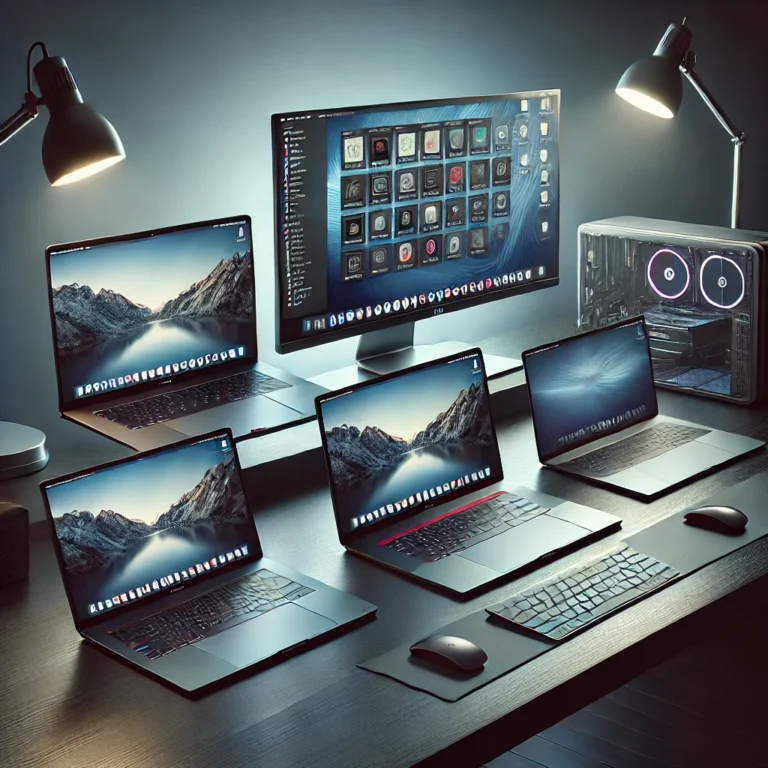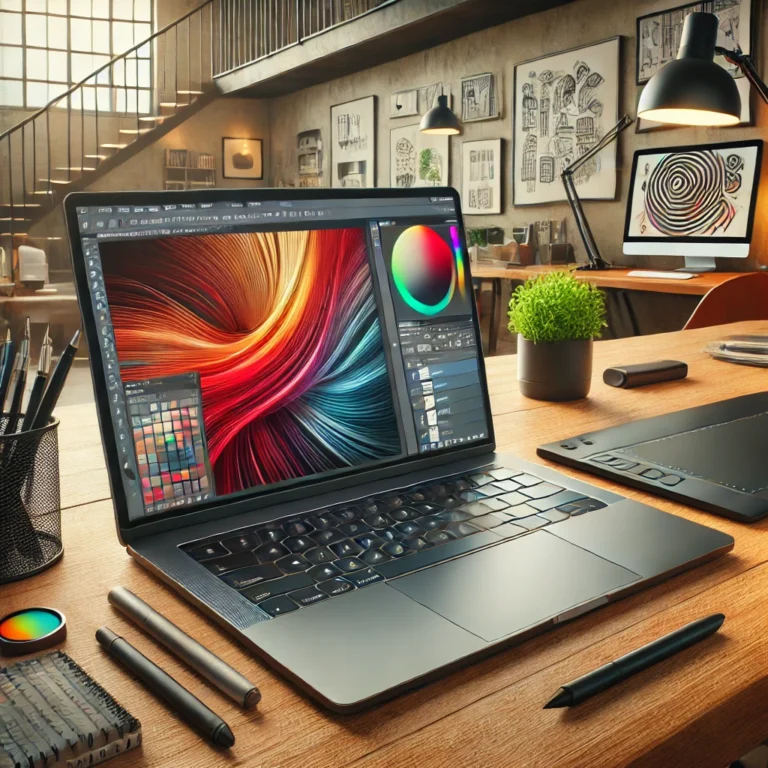Best 15 Inch Laptop for Graphic Design: Top Picks for Creative Professionals
Finding the best 15-inch laptop for graphic design can be challenging, especially with the variety of options available. Graphic designers require powerful hardware, high-resolution displays, and efficient performance to handle demanding software. Here’s a guide to help you choose the best laptop for your creative needs.
Key Features to Consider in a Graphic Design Laptop
When selecting a laptop for graphic design, certain features are crucial to ensure smooth performance and accurate visuals.
Display Quality
A high-resolution display with excellent color accuracy is essential for graphic designers. Look for:
- At least Full HD resolution (1920 x 1080) or higher
- IPS panels for better color consistency and wide viewing angles
- High color coverage like 100% sRGB or AdobeRGB support
Performance and Processor
Graphic design software like Adobe Photoshop, Illustrator, and 3D rendering tools demand powerful processors. Ideal options include:
- Intel Core i7 or i9 processors
- AMD Ryzen 7 or Ryzen 9 CPUs
- At least 16GB of RAM for multitasking
Graphics Card (GPU)
Dedicated graphics cards are essential for smooth rendering and creative work. Recommended GPUs include:
- NVIDIA GeForce RTX series
- AMD Radeon Pro series
Storage and Speed
Fast storage ensures quicker file transfers and efficient software performance. Consider:
- 512GB SSD or larger for fast read/write speeds
- Expandable storage options for large design files
Portability and Battery Life
While performance is vital, portability can’t be ignored. Look for a lightweight yet durable build with a battery that lasts at least 8 hours.
Best 15 Inch Laptops for Graphic Design
HP ZBook Studio G7 Review
The HP ZBook Studio G7 is designed for creative professionals, offering a sleek yet powerful machine. With a 15.6-inch Full HD display and excellent color accuracy, it’s ideal for designers. Its Intel Core i7 processor and 16GB RAM provide ample power for editing software, while the 512GB SSD ensures fast storage performance.
Dell XPS 15 9530 Review
The Dell XPS 15 9530 combines powerful hardware with sleek design. Equipped with a 10-core Intel i7 processor, 32GB DDR5 RAM, and a 1TB SSD, this laptop handles graphic design software with ease. The FHD+ display offers sharp visuals and excellent color reproduction, which is perfect for professionals.
Apple 2024 MacBook Pro with M4 Max Review
For designers who prefer macOS, the 2024 MacBook Pro is a top contender. It features Apple’s M4 Max chip with a 16-core CPU and 40-core GPU, delivering incredible performance for complex design projects. The 16.2-inch Liquid Retina XDR display provides exceptional color accuracy, making it perfect for creative work.
Conclusion
Choosing the best 15-inch laptop for graphic design depends on your preferred software, workflow needs, and budget. The HP ZBook Studio G7 offers a versatile solution for Windows users, while the Apple MacBook Pro provides an unmatched macOS experience. For those seeking power and storage, the Dell XPS 15 stands out as an excellent choice.
Related Articles You Might Find Helpful
If you’re exploring other laptop options, these articles can provide more insights:







